Smart curtain openers, also known as electric or motorised curtains, offer a seamless blend of functionality and design, making them an ideal addition to modern smart homes and enterprises. These devices are powered by discreet motors that can be hidden behind curtains or curtain rods, maintaining a clean aesthetic while providing automation.
The convenience of smart curtain openers is evident in their various control methods. Users can operate their curtains through apps, smart home hubs, or voice activation, allowing for effortless control. This automation extends to the ability to set schedules for opening and closing, which can contribute to energy efficiency by leveraging natural light and insulation.
In terms of security, the ability to remotely control curtains can deter potential intruders by simulating occupancy. Additionally, integration with home safety systems can enable curtains to open automatically in the event of an alarm, aiding in emergency situations.
From a design perspective, these smart systems are compatible with different curtain types, with I-rails, U-rails, and rods being particularly suited for motorisation. The motorised units themselves are designed to operate quietly and can be inconspicuously integrated into various interior styles.
For enterprises looking to enhance their spaces with smart technology, automated curtain openers offer both functional and aesthetic benefits. They serve as an effective tool for managing privacy, light, and energy consumption, while also contributing to a sophisticated and technologically advanced environment.
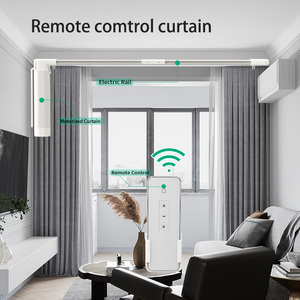


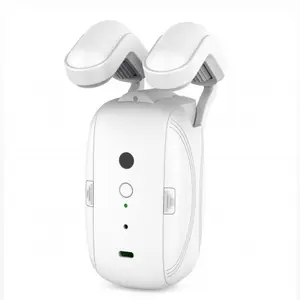


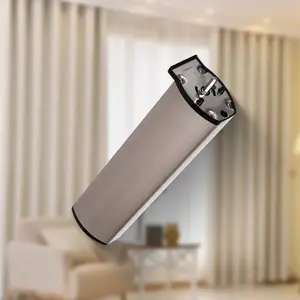















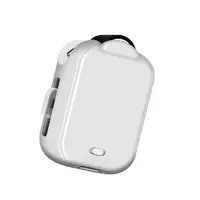
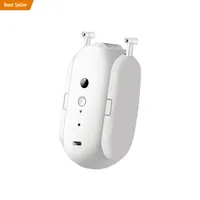









 浙公网安备 33010002000092号
浙公网安备 33010002000092号 浙B2-20120091-4
浙B2-20120091-4